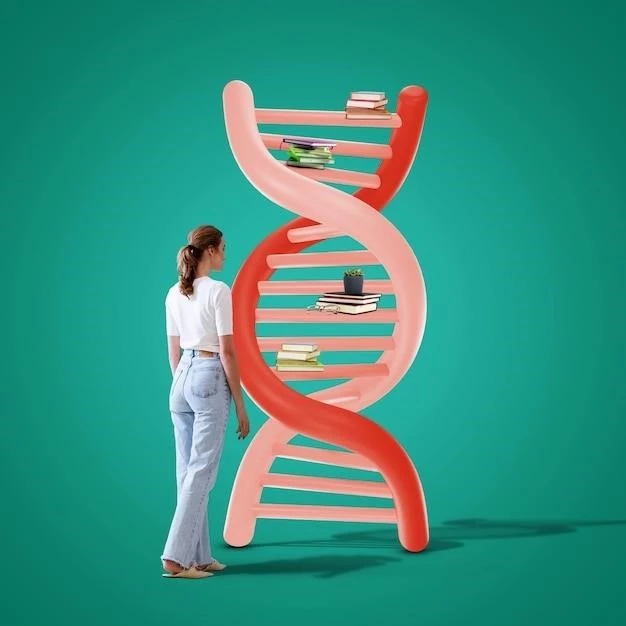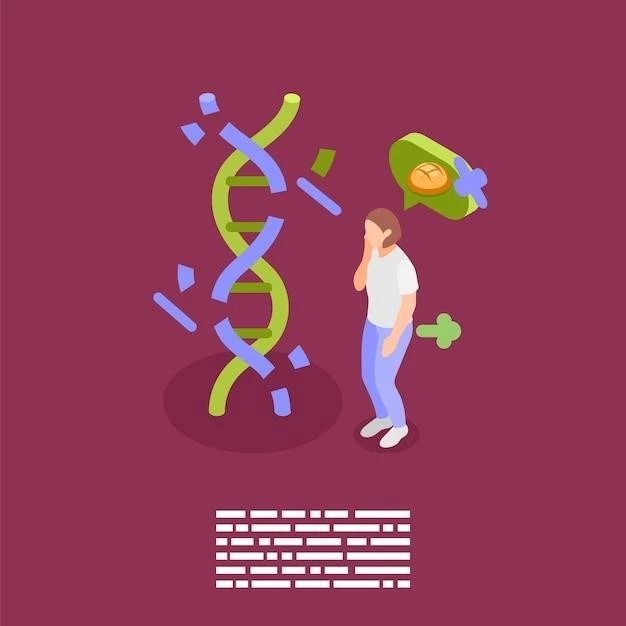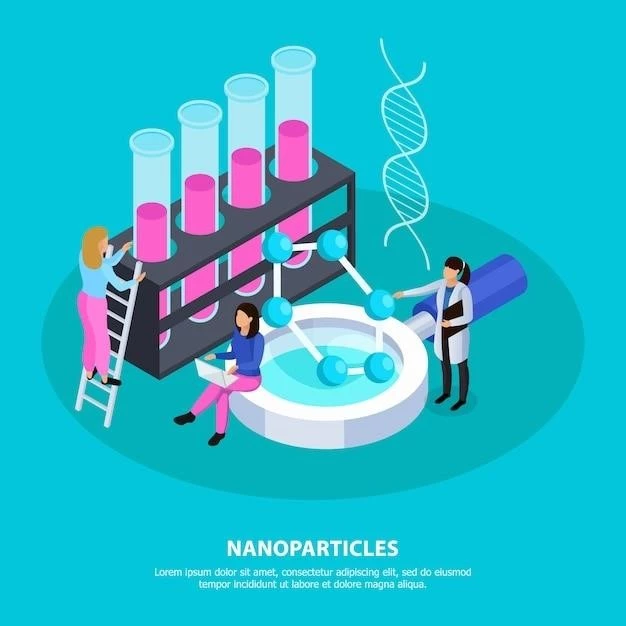Introduction to Uniparental Disomy of Chromosome 2
Uniparental disomy (UPD) is when all or part of the homologous chromosomes are inherited from only one of the two parents․ It can occur for almost all chromosomes, including chromosome 2 (UPD2), impacting fetal development and genetic inheritance․
Definition and Background
Uniparental disomy (UPD) is a genetic condition where an individual inherits two copies of a chromosome, or part of a chromosome, from a single parent, rather than one copy from each parent․ This can have significant implications for genetic inheritance and may lead to various phenotypic expressions and health conditions․ UPD of chromosome 2 (UPD2) involves the inheritance of both chromosomes 2 from one parent, disrupting the usual biparental inheritance pattern and potentially impacting health and development․

Clinical Presentation and Diagnosis
Individuals with Uniparental Disomy of Chromosome 2 (UPD2) may present with a variety of clinical manifestations impacting both physical and genetic health․ Diagnosis typically involves genetic testing to detect the presence of UPD2 and assess its implications on the individual’s health․
Ultrasound Findings and Prenatal Diagnosis
Ultrasound imaging plays a crucial role in detecting potential anomalies associated with Uniparental Disomy of Chromosome 2 (UPD2) during prenatal screening․ The identification of specific ultrasound markers can aid in the diagnosis and management of UPD2٫ providing valuable insights into the fetus’s development and health․
Phenotypic Expressions and Symptoms
Phenotypic expressions of Uniparental Disomy of Chromosome 2 (UPD2) may include various symptoms such as genital hypoplasia, intrauterine growth retardation (IUGR), and oligohydramnios․ Additionally, exceptional cases of full UPD2 have been reported in both affected individuals and healthy individuals, highlighting the diverse range of phenotypic manifestations associated with this genetic condition․
Genetic Mechanisms and Inheritance Patterns
Uniparental Disomy of Chromosome 2 (UPD2) can result from isodisomy (two identical chromosomes inherited from one parent) or heterodisomy (two non-identical chromosomes from one parent), impacting genetic inheritance patterns․
Isodisomy and Heterodisomy
Isodisomy and heterodisomy are two mechanisms of uniparental disomy (UPD) of Chromosome 2․ Isodisomy involves inheriting two identical chromosomes from one parent, while heterodisomy entails receiving two non-identical chromosomes from one parent, leading to unique genetic inheritance patterns․
Association with Mendelian Disorders
Uniparental Disomy of Chromosome 2 (UPD2) has been linked to certain Mendelian disorders٫ where specific genetic conditions are associated with the abnormal inheritance patterns of this chromosome․ Understanding these associations is crucial for diagnosis and management․
Case Studies and Reported Disorders
Reports of Uniparental Disomy of Chromosome 2 (UPD2) cases have provided valuable insights into the genetic mechanisms and associated disorders․ Understanding the unique patterns of inheritance and genetic expressions in reported cases is essential for further research and clinical interventions․
Research and Statistical Data
Data from recent studies have provided insights into the frequency and impact of Uniparental Disomy of Chromosome 2 (UPD2) on the affected population and highlighted the genetic complexities associated with this rare condition․
Frequency Estimates and Population Data
Research on Uniparental Disomy of Chromosome 2 (UPD2) highlights the rarity of this condition within the population, indicating that while UPD can occur for various chromosomes, the incidence of UPD2 remains relatively low․ Detailed statistical data on the frequency of UPD2 and its prevalence among different demographic groups provide valuable insights into the genetic complexities associated with this chromosomal abnormality․

Impact on Health and Development
Uniparental Disomy of Chromosome 2 (UPD2) can have profound implications on health and development, potentially leading to a spectrum of health conditions and genetic abnormalities․ Understanding the impact of UPD2 is crucial for managing associated health risks․
Health Conditions Linked to Uniparental Disomy
Uniparental Disomy of Chromosome 2 (UPD2) has been associated with various health conditions, including genital hypoplasia, intrauterine growth retardation (IUGR), and oligohydramnios․ Understanding these health implications is vital for diagnosis and appropriate management strategies․
Current Understanding and Future Directions
Advancements in research regarding Uniparental Disomy of Chromosome 2 (UPD2) are paving the way for enhanced clinical implications and management strategies․ Understanding the underlying genetic mechanisms and associated health outcomes is crucial for future directions in diagnosis and treatment․
Research Advancements and Clinical Implications
Ongoing research on Uniparental Disomy of Chromosome 2 (UPD2) has led to significant advancements in understanding the genetic and clinical implications of this condition․ These research findings contribute to improved diagnostic techniques and potential therapeutic interventions٫ driving the field forward towards better patient outcomes and management strategies;
In conclusion, the study of Uniparental Disomy of Chromosome 2 (UPD2) provides valuable insights into genetic inheritance patterns and associated health conditions․ Ongoing research advancements offer promise for improved diagnostic and therapeutic strategies in managing this rare genetic condition․
Summary of Key Points and Considerations
Understanding Uniparental Disomy of Chromosome 2 (UPD2) involves recognizing the rare inheritance patterns and associated health risks․ Recent findings highlight the need for precise genetic testing, diagnostic accuracy, and tailored management strategies to address the diverse manifestations of this genetic condition․
